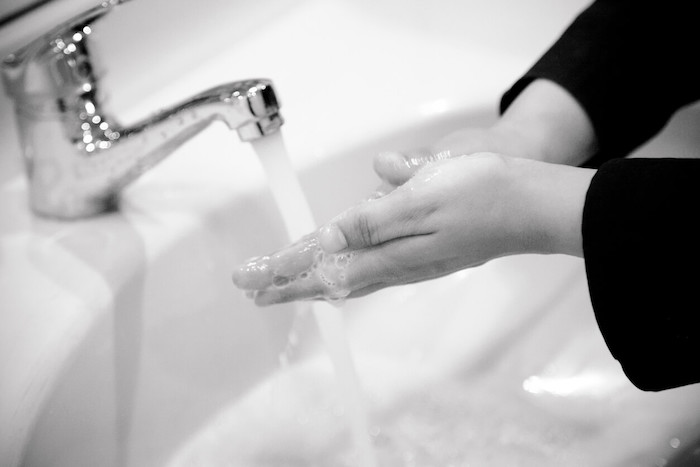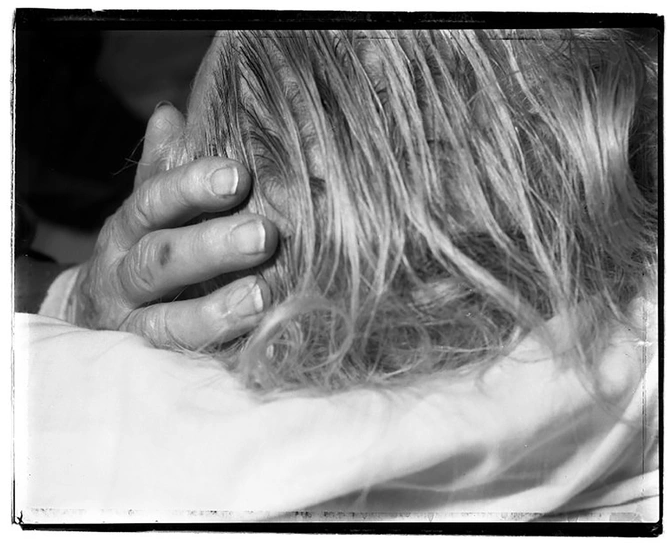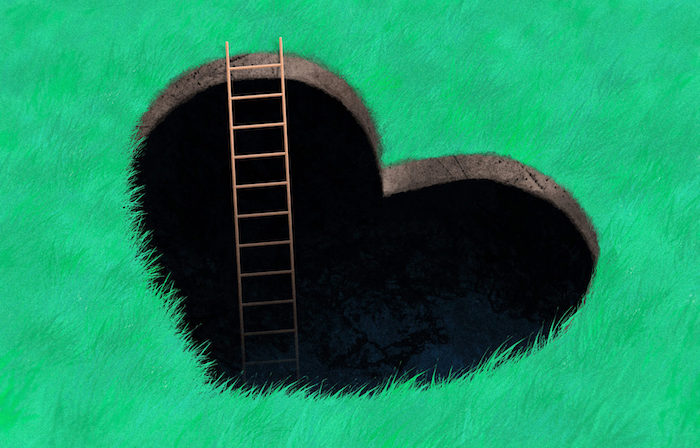— What to Expect

By Angela Morrow, RN, BSN, CHPN
When a person is dying there is an end-of-life stages timeline that can help their loved ones understand what is happening to them.
The dying process usually begins well before death takes place. Sometimes, you can recognize the signs that a person is dying by the physical, mental, and emotional changes that are part of the end-of-life timeline.
Death is a deeply personal journey. Nothing about the process is certain or set in stone except for the outcome. There are many paths a dying person can take, but the stages at the end of life do have some similarities.
This article will go over the end-of-life timeline. You will learn about each stage of dying, starting with what happens about one to three months before death; during the last two weeks before death, and in the last few days of life. Understanding the signs of each stage of death will help you prepare and understand what is happening when your loved one is dying.
The End of Life Stages Timeline
The end-of-life timeline starts when someone is very ill and will not recover. At this point, your loved one may have been ill for a long time, or they may have just recently learned that the end is near. In either case, the dying process is set in motion.
Dying is a journey from the known life of this world to the unknown of what lies ahead. Each person starts on a mental path of discovery knowing that death will happen and believing in their own mortality. Ultimately, they will leave their body.
There are several milestones on the dying journey, but not everyone stops at them all. Some people may stop at only a few, while others experience each one and take their time throughout the process of dying. Sometimes, the process takes only days, while other people travel a road for months.
While the paths they take can differ, here’s where the dying process begins for most people.
End of Life Timeline: 1 to 3 Months Before Death
The dying process often comes into view about one to three months before death. Many of the experiences that take place at this first end-of-life stage are broadly common but the specifics can depend on the individual.
There are also social and cultural factors that shape a person’s dying experience—for example, gender roles can be a factor. Research has shown that men are less likely than women to openly talk about their mortality and end-of-life wishes. One reason might be that men find it more difficult to ask for help and want to avoid coming across as being “needy.”
That said, these differences are not necessarily unique to one gender identity; there are plenty of women who struggle to talk about their death and do not want their loved ones to feel “burdened” by caring for them during the dying process.
As a person approaches their death, their religious and cultural background also influences how they feel about the dying process. Depending on their beliefs, certain practices, rituals, and customs can be steps along the end-of-life timeline.
Mental and Behavioral Changes
As a person starts to accept their mortality and realizes that death is approaching, they may start to withdraw. They are beginning the process of separating from the world and the people in it.
During this stage, your loved one may say no to visits from friends, neighbors, and even family. When they do accept visitors, it might be hard for them to interact with you. In those moments, you may struggle with your feelings about them because you feel rejected.
This stage is also one of reflection. A dying person is thinking about their life and revisiting old memories.
Physical Changes
As the body starts to slow down, a dying person may have a reduced appetite and weight loss. This is actually OK because the body no longer needs as much energy. A dying person may start sleeping more and stop doing their regular activities—another reason why they need less nourishment.
The body chemistry is naturally altered during this end-of-life stage and that can cause a mild sense of happiness and well-being (euphoria).
The dying person may stop feeling hungry or thirsty at this stage. While this can alarm their loved ones, they are not suffering in any way by not eating; it is an expected part of the journey they are taking.
End of Life Timeline: 1 to 2 Weeks Before Death
The dying process starts to move faster in the last week or two of a person’s life. The acceleration can be frightening for their loved ones, especially if they are upset by the changes taking place.
As your loved ones’ death is approaching, you may want to “correct” them if they say things that don’t make sense but try not to. At this stage, it’s better to listen to and support your loved one.
For example, your loved one might say that they see or hear a person who died before them. In those moments, just let your loved one tell you about it. You might feel frustrated because you can’t know for sure what they are going through in those moments—are they hallucinating? Are they having a spiritual experience? The uncertainty can be unsettling but it’s part of the process. The best thing you can do is love them.
Mental and Behavioral Changes
During this stage of the end-of-life timeline, a person will mostly be sleeping. When they are awake, confusion and altered senses are common. It’s possible that a loved one will experience delusions, like fearing hidden enemies or feeling invincible. It can be hard for you to witness these changes, but it’s important that you remain supportive.
The dying person may have hallucinations at this stage. They may see or speak to people who are not there, including those who have already died. Sometimes, people feel that this is like the veil between two worlds lifting.
The dying person can be restless during this time. They may pick at their bedsheets or clothing and their movements and actions can seem aimless and make little sense to those around them.
Physical Changes
At this point in the end-of-life timeline, a dying person’s body is having a hard time maintaining itself. Your loved one may need help with just about any form of activity. For example, a person may have trouble swallowing medications or may refuse to take the ones they are prescribed. If they have been taking pills for pain, they may need liquid morphine now.
During this end-of-life stage, signs that death is near include:
- Body temperature that’s a degree lower than normal (or more)
- Lower blood pressure
- An irregular pulse that may slow down or speed up
- Increased sweating
- Skin color changes, with pale or bluish lips and nail beds
- Breathing changes (e.g., a rattling sound and cough)
- Less or no talking
- Sudden arm or leg motions
End of Life Timeline: Days to Hours Before Death
The last couple of days before death can surprise family members. At this stage, your loved one may have a sudden surge of energy as they get closer to death. They may want to get out of bed, talk to loved ones, or eat food after having no appetite for days or weeks.
You may take these actions as signs that a dying person is getting better, but the energy will soon go away. It can be hurtful to watch this happen but know that this is a common step within the end-of-life timeline. These energy bursts are a dying person’s final physical acts before moving on.
The surges of activity are usually short. The previous signs of being close to death return more strongly once the energy has been spent.
At this stage, a dying person’s breathing becomes more irregular and slower. Rapid breaths followed by periods of no breathing at all
(Cheyne-Stokes breathing) may occur. You may also hear a “rattling” sound as a dying person breathes.
These changes can be unpleasant to witness but you should try to remember that your loved one is not uncomfortable.
Your loved one’s hands and feet may start looking blotchy, purplish, or mottled. The changes in skin appearance may slowly go up the person’s arms and legs. Their lips and nail beds will turn bluish or purple, and their lips may droop.
At this end-of-life stage, a dying person usually becomes unresponsive. They may have their eyes open but not be able to see their surroundings. It is widely believed that hearing is the last sense to leave a dying person. Knowing this can remind you that it’s still valuable to sit with and talk to your dying loved one during this time.
When your loved one stops breathing and their heart stops beating, death has occurred. They have reached the end of their journey.
Summary
Many people wonder if they will recognize that a loved one is dying. There are often signs that begin a month to three months before death. Knowing these signs may help you prepare for your loved one’s death, and bring comfort to you as you face the physical and mental changes that happen along the end-of-life timeline.
Complete Article ↪HERE↩!








